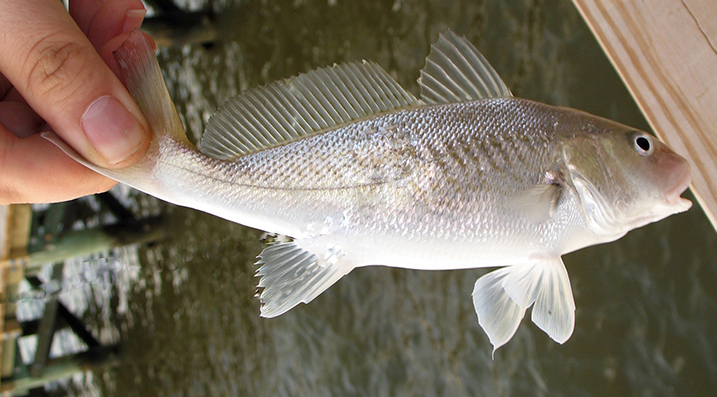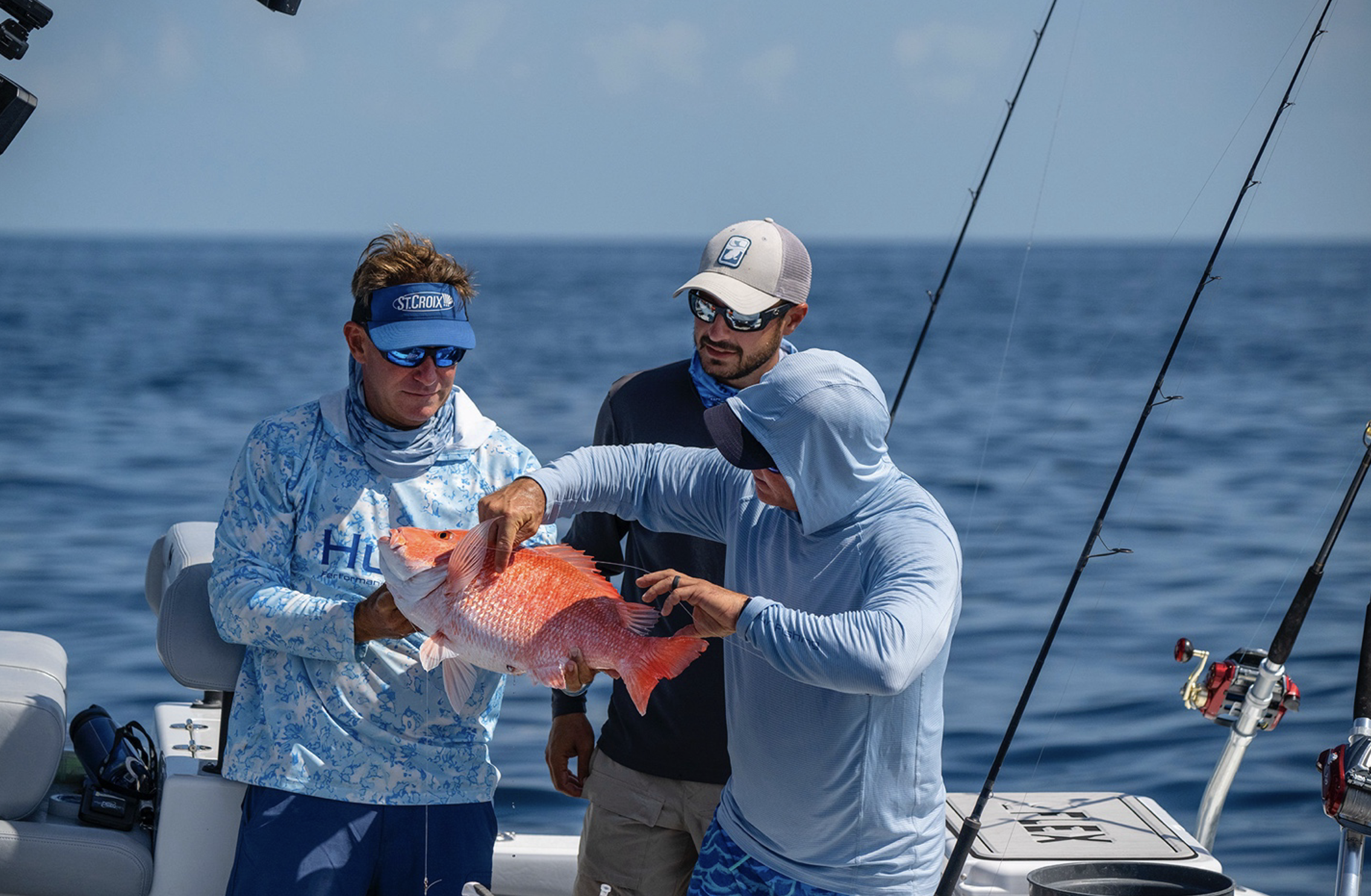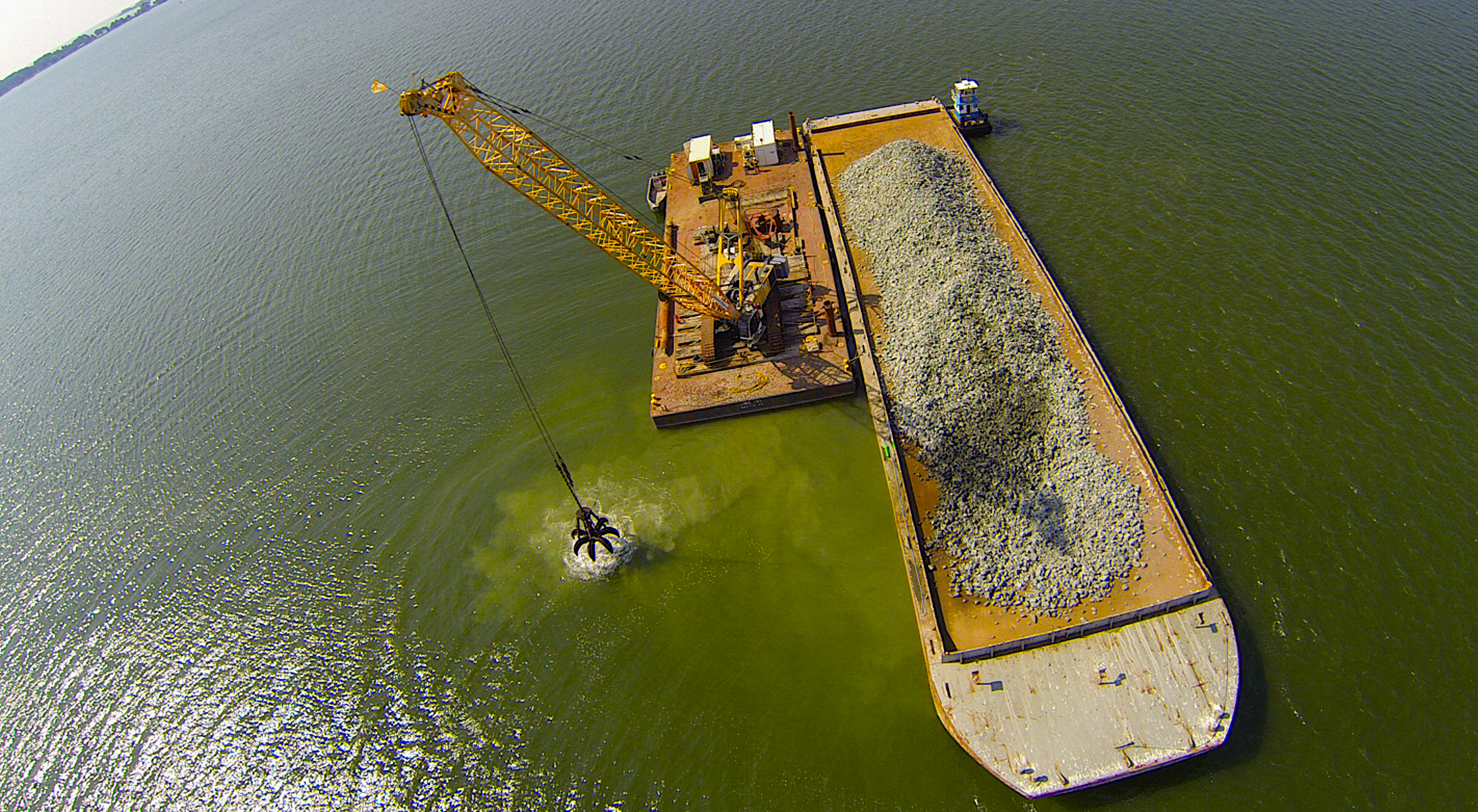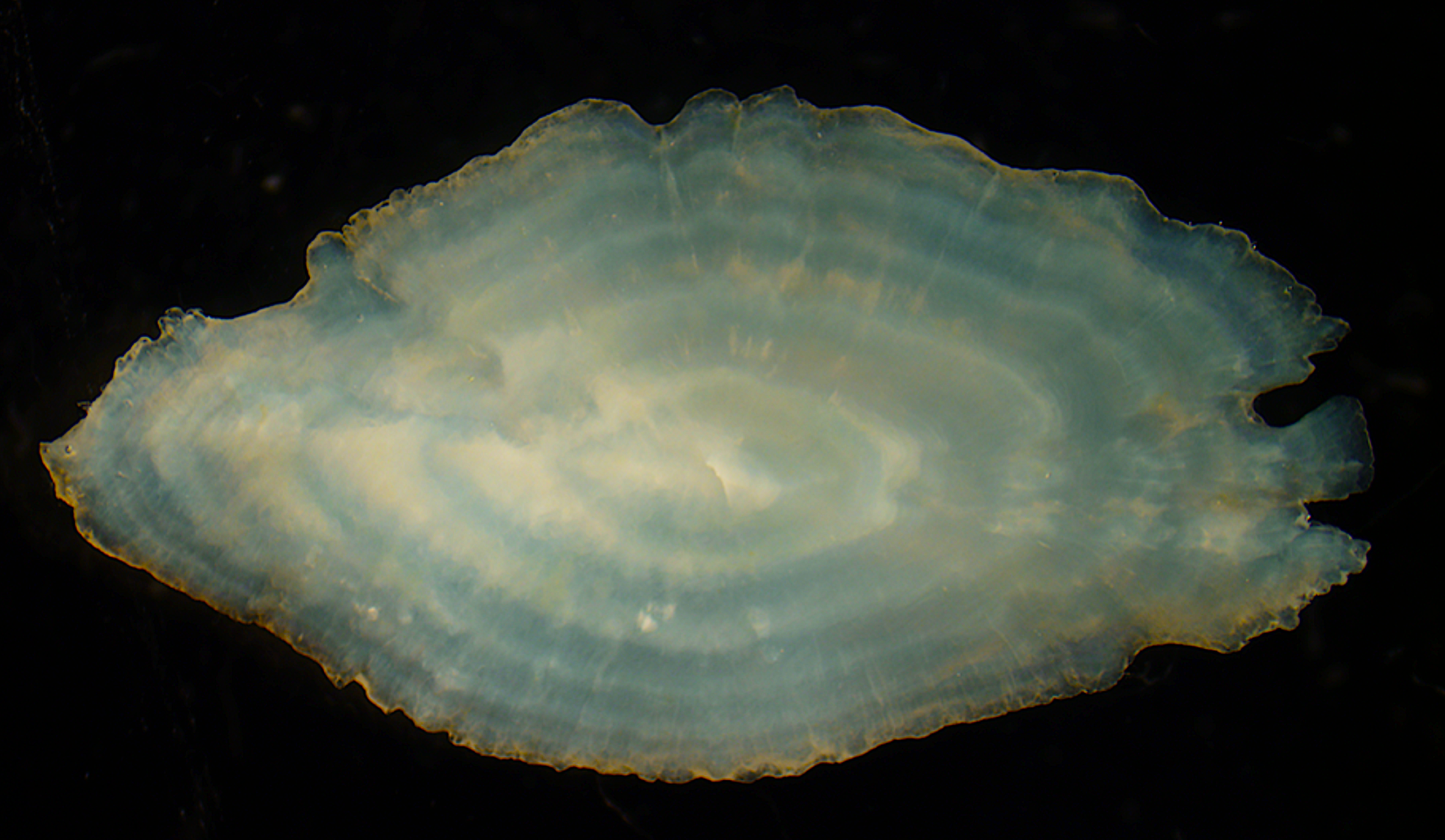A new method shows promise for tracking the presence of most species.
Research Need
Most of the important recreational and commercial marine fish species along the East Coast and Gulf of Mexico spend at least a small segment of their early life in protected, estuarine waters. To track fish, fisheries managers rely on traditional sampling, using bag seines, gill nets, trawls, and other methods. These “gears” are the best way possible to consistently detect the majority of fish species in an estuary.
But these sampling techniques are far from perfect. First, they’re size selective, which limits what you can and can’t catch. For example, a 7-inch red drum may be too small to be captured in a large mesh gill net — and too fast to be captured by a small mesh beach seine that two people pull slowly in thigh-deep water.
Traditional gear, like these nets, also can be lethal. A portion of the catch could die from capture.
But scientists may have a new tool for the tacklebox that isn’t lethal or size selective.
Environmental DNA, “eDNA,” is shed by organisms into their environment. Analysis of eDNA in water samples and other environmental sources is a relatively new method to determine the presence and prevalence of species. Could eDNA complement — or replace — our long-standing approach to capture and count fishes in estuaries?
What did they study?
In the spring and fall of 2022, researchers looked at the fish community in Cedar Lakes, an estuarine system in Texas, using traditional sampling and eDNA.
The research team extracted eDNA from surface water samples taken next to bag seines and gill nets. At the lab, the team extracted the DNA and compared data to a fisheries DNA database.
Texas Parks and Wildlife has been conducting traditional sampling for Cedar Lakes since 1996. As such, they have a good idea of what species should and shouldn’t be present in this estuarine system at different times of the year.
What did they find?
Researchers detected a larger number of species using eDNA than they did using traditional sampling. The richness of species from the two-season sampling window was similar to that observed in the historical records for the study site over several decades.
The three most common species the team caught in gill nets were red drum, hardhead catfish, and black drum. The three most common species they caught in bag seines were Gulf menhaden, Atlantic croaker, and spot. More than 65% of the eDNA samples detected these species.
While popular species such as red drum and black drum were identified by eDNA and traditional gears, spotted sea trout were more likely to be missed by eDNA alone.
Anything Else?
The eDNA technique does have limitations. First, the eDNA data that the team collected was not a good indicator of the amount of fish present (only if they were present).
Second, although the eDNA detected some species that traditional gears didn’t catch, it also clearly missed species that were easy to identify in a gill net, including two species of sharks. It’s unclear to the research team why eDNA failed to detect sharks in this study.
So what?
State agencies spend a lot of time and resources monitoring resources in dynamic estuarine systems using traditional gears. This type of sampling is necessary to understand fish populations. While not perfect, this study shows that eDNA can complement traditional sampling programs.
Reading
Williford, D., P. Hajovsky, & J. Anderson. Environmental DNA compliments traditional sampling for monitoring fish communities in a Texas estuary. N. Am. J. Fish. Mgmt. 43, 1372–1394 (2023). https://doi.org/10.1002/nafm.10937
Funding provided by a State Research Fund “SuRF” grant that was awarded to Texas Parks and Wildlife by the Gulf States Marine Fisheries Commission.
photo: Atlantic croaker (credit Chaotic42/CC BY-SA 3.0).
BY SCOTT BAKER.
The text from Hook, Line & Science is available to reprint and republish at no cost, but only in its entirety and with this attribution: Hook, Line & Science, courtesy of Scott Baker and Sara Mirabilio, North Carolina Sea Grant.
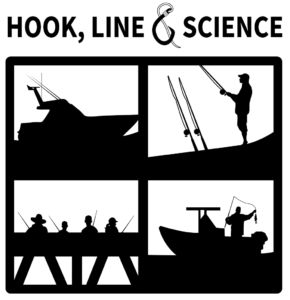
- Categories:

